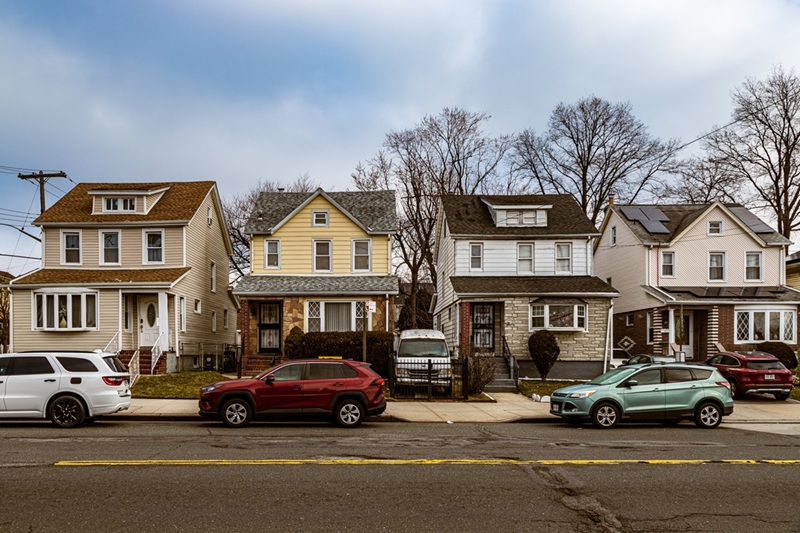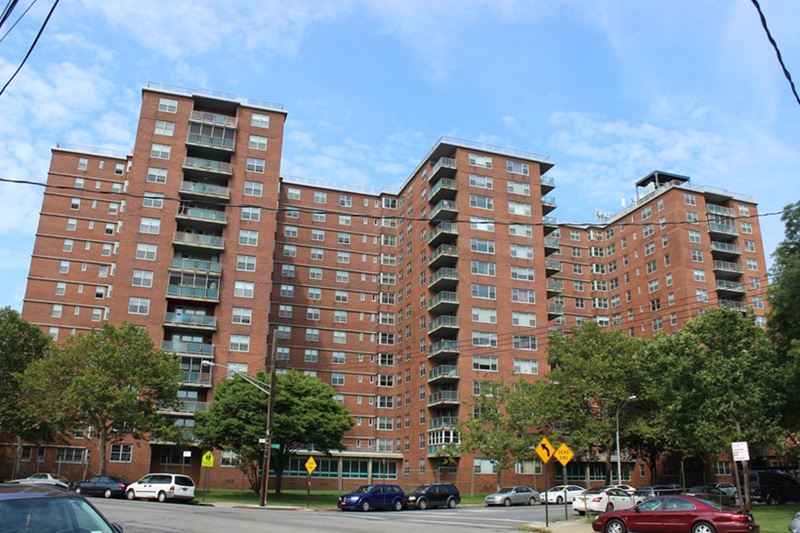
Springfield Gardens, located in the southeastern part of Queens, New York, is a largely residential neighborhood that offers a blend of suburban comfort and urban convenience. Over the years, Springfield Gardens has gained recognition for its tranquil atmosphere, diverse population, and proximity to major transportation routes, making it an increasingly popular choice for families and professionals alike. The neighborhood, while historically a modest working-class area, is undergoing growth and revitalization, positioning itself as a key player in Queens’ evolving landscape.
Overview of Springfield Gardens
Springfield Gardens is bordered by Laurelton to the north, Jamaica to the west, and Baisley Park to the south. The neighborhood is largely residential, with a mix of single-family homes, multifamily houses, and apartment buildings. This diverse range of housing options makes Springfield Gardens appealing to a wide range of individuals, from long-time residents to new arrivals seeking more affordable living spaces in New York City.
Its residential nature, combined with tree-lined streets and quiet corners, offers a suburban feel in the heart of one of the nation’s largest cities. The neighborhood’s proximity to major thoroughfares such as Southern Parkway, Belt Parkway, and Rockaway Boulevard provides easy access to both the rest of Queens and Manhattan, adding to Springfield Gardens’ appeal for commuters.
Historical Development and Growth
Springfield Gardens was initially developed in the early 20th century, with many of the homes constructed between the 1930s and 1950s. During the 1960s and 1970s, the neighborhood began to attract working-class families, including a significant African American population as well as immigrants from the Caribbean. As New York City’s housing market grew, Springfield Gardens emerged as a desirable area for people seeking affordable homes in Queens, which was less expensive than Brooklyn or Manhattan at the time.
The neighborhood’s evolution over the years mirrors broader trends in Queens, as the borough saw an influx of immigrants from all over the world. Over time, Springfield Gardens’ ethnic composition became increasingly diverse, with Caribbean, African American, Hispanic, and South Asian communities contributing to the cultural vibrancy of the area.
Cultural Diversity and Community Spirit
One of the defining features of Springfield Gardens is its rich cultural diversity. The neighborhood is home to residents from various ethnic backgrounds, with a particularly strong Caribbean influence. Jamaican, Haitian, Trinidadian, and Guyanese communities are prominent in the area, and this cultural richness is reflected in the local businesses, food, and traditions. Restaurants and markets serving Caribbean cuisine and products are staples of the neighborhood, creating a distinctive flavor to the area.
In addition to the Caribbean community, Springfield Gardens has a growing South Asian population, especially from India and Pakistan, further adding to the neighborhood’s cultural mix. This diversity is not just present in the restaurants and shops; it is also visible in the religious institutions that serve the community, including churches, mosques, and temples that provide spiritual and cultural services to their congregants.
Throughout the year, residents participate in various community events, festivals, and celebrations that honor their heritage and strengthen neighborhood bonds. These events help foster a sense of unity and pride in the community, with people from different backgrounds coming together to share in the cultural vibrancy of Springfield Gardens.
Real Estate and Housing Market Trends
The real estate market in Springfield Gardens offers a range of housing options, from detached single-family homes to larger multi-family buildings and smaller apartment complexes. The area’s housing stock primarily consists of older homes, many of which have been renovated or updated over the years to meet the needs of modern families. The neighborhood’s more affordable real estate prices compared to other areas in Queens or Brooklyn make it an attractive option for first-time homebuyers, young families, and renters seeking more space.
In recent years, Springfield Gardens has seen a modest increase in property values as demand for housing in Queens continues to grow. Developers have shown increased interest in the area, and new construction projects have begun to reshape the neighborhood’s landscape. While the prices are rising, Springfield Gardens is still considered relatively affordable compared to more expensive areas in Queens, such as Astoria or Long Island City.
The neighborhood is expected to continue to see gradual development in the coming years. However, as with many neighborhoods in Queens, the potential for gentrification is a concern for long-time residents, as increased investment may drive up property values and rents, potentially displacing those who have lived in the area for decades.
Transportation and Accessibility
Springfield Gardens offers excellent access to transportation, making it convenient for residents to travel to other parts of Queens, Brooklyn, and Manhattan. The neighborhood is situated near several major highways, including the Belt Parkway and Southern Parkway, both of which provide quick access to key areas in Queens and beyond.
Public transit options are also readily available. The Q3 and Q4 bus lines serve the area, connecting residents to the A subway line at the nearby Springfield Boulevard station. The Long Island Rail Road (LIRR) station in nearby Laurelton is another convenient transportation option for commuters heading into Manhattan or other parts of Long Island. This easy access to multiple transit options makes Springfield Gardens a great choice for those who need to commute into the city for work or leisure.
Additionally, JFK International Airport is just a short drive away, which is a major benefit for residents who travel frequently or work in the airline or travel industry.
Parks and Green Spaces
Springfield Gardens offers its residents access to several parks and recreational areas that provide opportunities for outdoor activities and relaxation. One of the main attractions is Springfield Park, a large green space that includes walking paths, sports fields, playgrounds, and ample open space for community events. The park is popular with families, joggers, and sports enthusiasts and serves as a gathering place for local residents.
In addition to Springfield Park, Roy Wilkins Park, located just to the west in neighboring Jamaica, offers another large public park with a variety of sports facilities, including basketball courts and soccer fields. Jamaica Bay and its surrounding wildlife areas are also nearby, providing opportunities for nature walks and birdwatching.
These green spaces not only contribute to the neighborhood’s beauty but also provide much-needed areas for outdoor recreation and community-building activities.
Challenges and Future Outlook
While Springfield Gardens has seen growth and revitalization in recent years, the neighborhood still faces challenges. Like many other areas in Queens, Springfield Gardens faces the potential risk of gentrification, which could lead to rising housing costs and displace long-standing residents. Additionally, the neighborhood faces ongoing issues related to infrastructure, including the need for improved schools, public services, and local amenities.
Despite these challenges, the future of Springfield Gardens appears promising. With its strategic location, growing cultural diversity, and ongoing real estate development, the neighborhood is poised to continue evolving into a vibrant and sought-after part of Queens. The key to its success will be balancing growth with the preservation of the community’s unique character and ensuring that the needs of all residents are met.
Conclusion
Springfield Gardens is a hidden gem in Queens, offering a blend of suburban tranquility, cultural richness, and proximity to New York City’s vibrant urban life. Its strong sense of community, affordable housing, and growing infrastructure make it an increasingly attractive option for residents seeking a peaceful yet connected place to call home. As the neighborhood continues to grow and develop, Springfield Gardens will likely play an increasingly important role in the future of Queens, with its diverse population and welcoming spirit at the forefront of its transformation.

